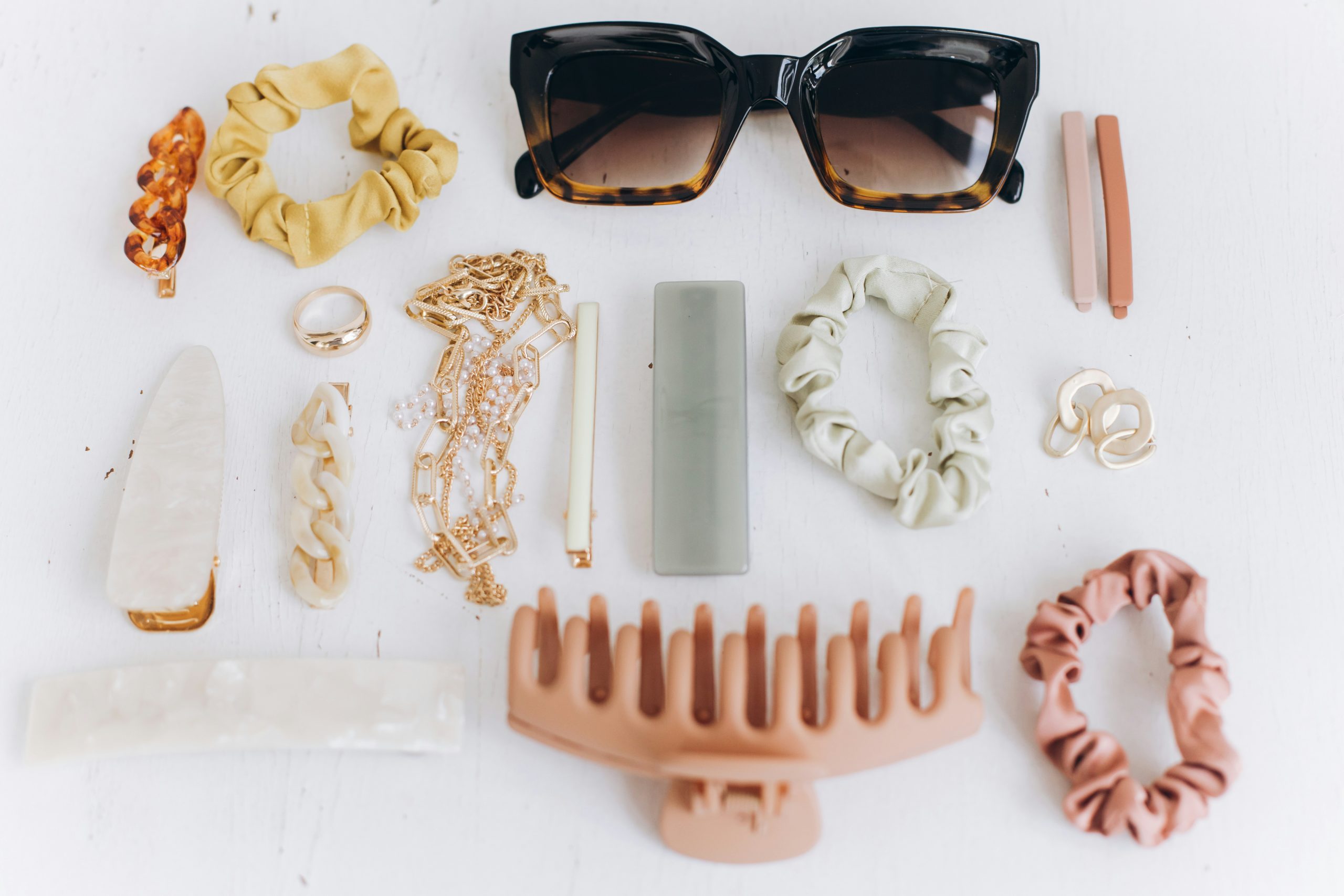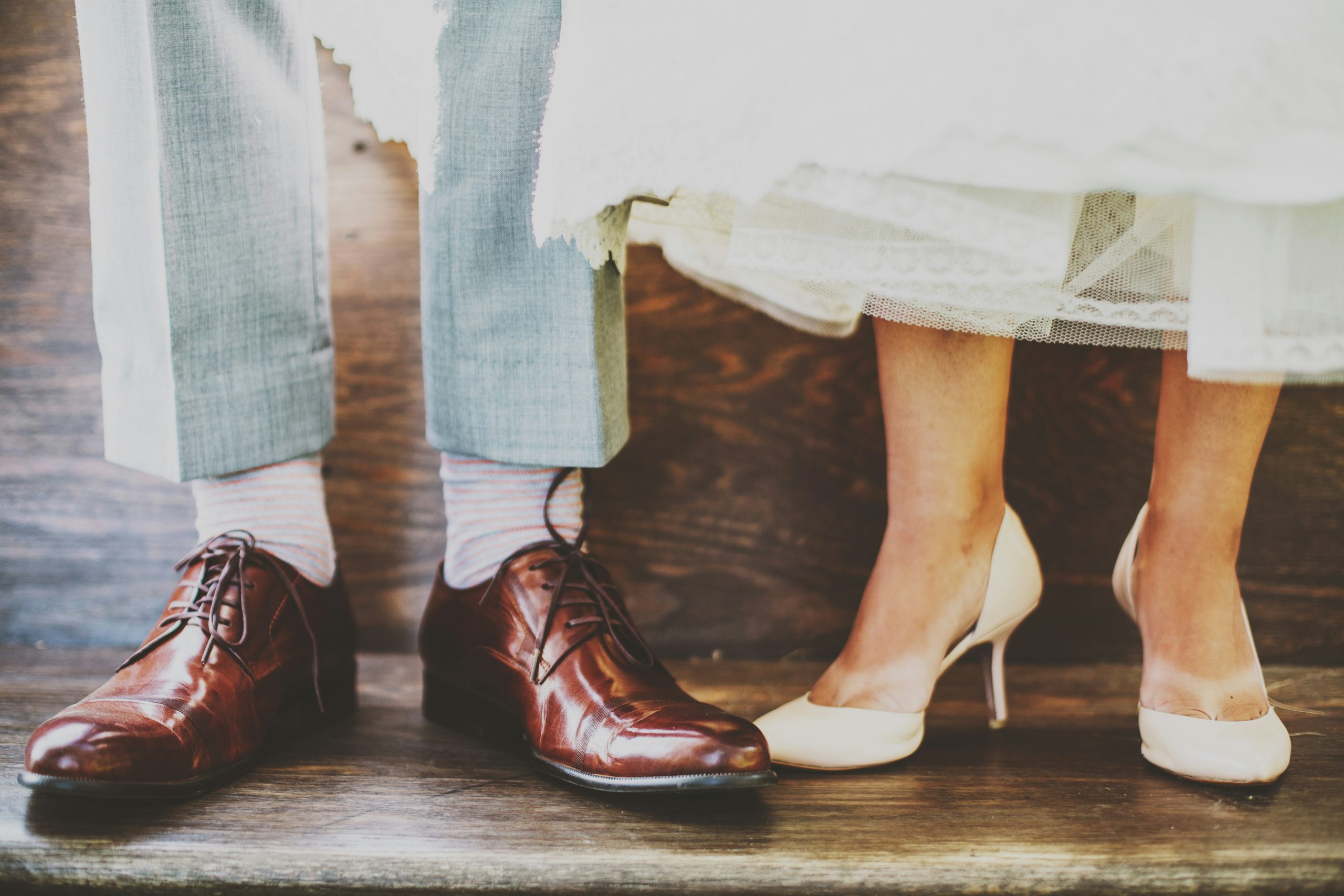Creating memorable save-the-date cards can set the perfect tone for any upcoming event. Canva provides a robust platform that combines user-friendly features with professional design capabilities, making it an ideal choice for both beginners and experienced graphic designers. Harnessing Canva’s intuitive tools can transform a simple card into a stunning announcement that captivates and excites guests.
With a myriad of templates and customization options, Canva empowers users to explore their creativity without feeling overwhelmed. These tools make it easy to personalize colors, fonts, and images, ensuring that each save-the-date card reflects the unique style and theme of the event. Emphasizing convenience without sacrificing quality, Canva’s drag-and-drop interface makes elegant design accessible to all.
When aiming for a striking first impression, incorporating creative design elements becomes essential. Users can experiment with Canva’s extensive library of icons and illustrations, adding unique touches that elevate the card’s visual appeal. Understanding how to effectively use these features not only enhances the design process but also results in memorable, eye-catching save-the-dates that make a lasting impression.
Exploring Canva’s Interface
Canva provides a user-friendly design platform tailor-made for creating impressive projects like save-the-dates. Understanding its interface is crucial for maximizing its potential, particularly through the design dashboard and the editing toolbar.
Navigating the Design Dashboard
The design dashboard is the central hub where all creative projects come to life. It features an organized layout, including options such as templates, elements, and uploads, making it easy to start a design. Users can quickly search for specific templates by category, saving valuable time.
The left-hand panel typically contains a variety of elements like text, photos, and backgrounds. This allows quick insertion into the design space. Users can move these elements around and resize them to fit their creative vision. Projects are auto-saved, ensuring that no progress is lost.
Utilizing the Editing Toolbar
The editing toolbar is packed with essential controls that allow designers to fine-tune their projects. Positioned at the top when an element is selected, it offers tools for adjusting font style, size, color, and spacing.
Layering elements is a straightforward process, with options to bring items forward or send them backward. Users can apply effects such as shadows and blurring to enhance visual appeal. The alignment guides in Canva ensure elements are precisely positioned, maintaining a professional look.
The download feature lets users export their designs in various formats like PNG or PDF. This flexibility ensures compatibility with different platforms.
Essentials of Save-the-Date Designs
Crafting an effective save-the-date involves precise timing and thematic coordination to set the stage for wedding invitations and the big day itself. Being mindful of the timeline ensures guests have ample time to prepare, and aligning the design with the wedding’s theme creates a cohesive experience.
Importance of Timelines
Timely save-the-dates are crucial as they provide guests the needed notice to make necessary arrangements. Sending them out six to eight months before the event allows guests to plan travel or accommodations. For destination weddings, nine months’ notice is ideal.
Early communication is key. This promptness shows organization and respect for attendees’ schedules. It also builds excitement and anticipation for the wedding.
Including a return address assures receipt confirmation, aiding in tracking responses. This step is integral in managing the guest list effectively.
Incorporating Wedding Themes
Incorporating wedding themes in save-the-date designs establishes a visual narrative that carries through to the wedding invitations. Choosing colors, fonts, and motifs that reflect the wedding theme introduces guests to the event’s aesthetic.
A rustic-themed wedding may feature earthy tones and nature-inspired elements, whereas a modern affair might opt for minimalist designs and sleek typography. Consistency in these design choices ensures guests have a preview of the event style.
Personal touches, like including a photo or custom illustrations, add uniqueness and set the tone for the celebration. Aligning the design with the wedding’s overarching theme creates an immersive and memorable experience from the start.






